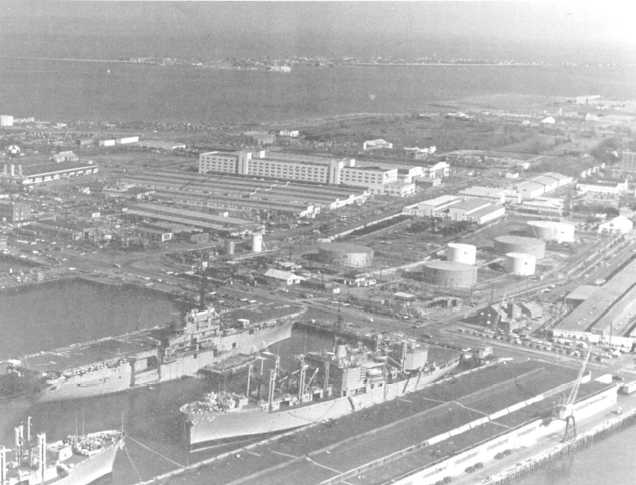Figure 4-14.—Aerial photograph taken with black-and-white film without a filter.
increased inherent contrast and color saturation of the
film. When a high degree of magnification is required,
Kodak Ektar film can provide excellent results. Color
negative film has much better exposure latitude and is
more versatile than color reversal film.
Color negative film is often an excellent choice for
aerial photography, particularly when you are unaware
of some possible uses for the photography, or there is
more than one type of finished product.
Black-and-white printing paper, designed to be
processed through color-chemical processes, can
provide excellent results, and color slides may be made
easily by copying color prints.
Color Reversal Film
When only color slides are required, you should
choose a color reversal film, such as one of the Kodak
Ektachrome films. This type of film comes in a number
of ISO speeds and is excellent for making aerial slides.
High-speed color reversal film is useful for
photography in the late afternoon or at dusk when the
light level is low.
When you must take color pictures in a heavy haze
or from high altitudes, contrast can be improved
somewhat by having internegatives made from color
slides. Color prints can also be made directly from color
slides.
Infrared Color Film
Infrared color aerial photography is useful for
obtaining photographic information that is not available
through conventional photography. Ordinary color
film has three emulsion layers that are sensitive to blue,
green, and red light; IR color film is sensitive to blue,
green, red, and infrared radiation. The result is
transparencies that reproduce original scene colors
differently for most natural features. IR radiation
appears as red, green reproduces as blue, red reproduces
4-15

